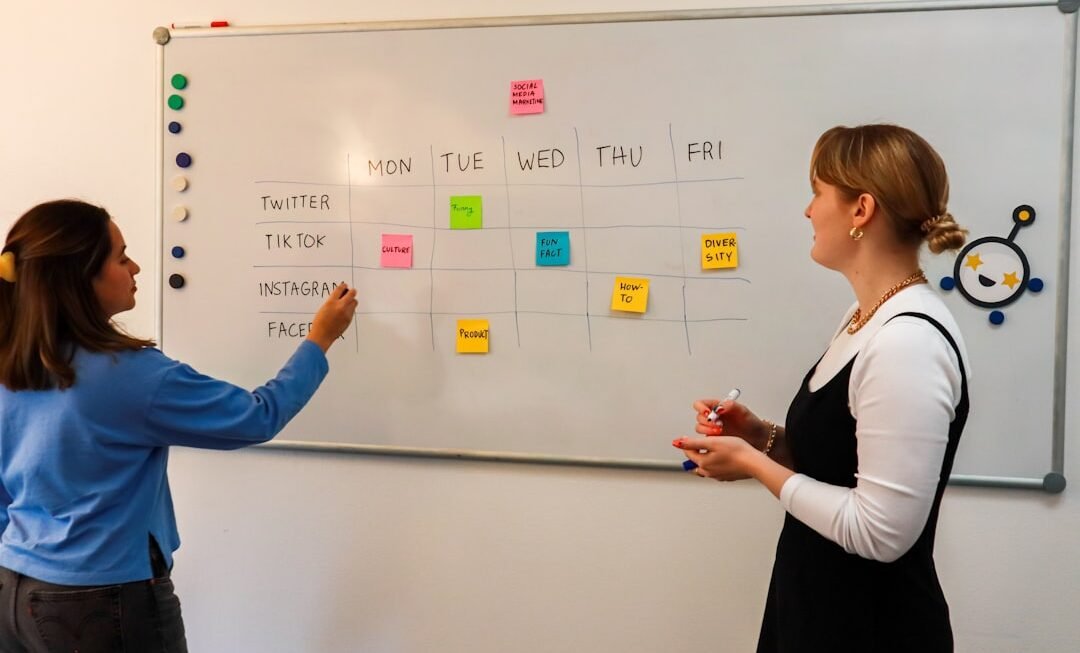Virtual reality (VR) has become an influential technology in online education, providing immersive and interactive learning experiences that were not possible before. This technology creates simulated environments and scenarios, potentially transforming how students interact with and absorb educational content. In recent years, VR has been adopted across various sectors, including healthcare, engineering, and entertainment.
Its application in education is now expanding rapidly. As online learning continues to gain popularity, the incorporation of VR technology has the potential to significantly improve the educational experience for students. It can also help them develop crucial skills necessary for success in the modern world.
VR in education offers opportunities for hands-on learning, virtual field trips, and complex concept visualization, making it a valuable tool for enhancing engagement and understanding in online learning environments.
The Benefits of Immersive Learning in Virtual Reality
Realistic Simulations and Practical Application
One of the key benefits of immersive learning in virtual reality is the ability to create realistic and interactive simulations that allow students to apply theoretical knowledge in practical settings. For example, medical students can practice surgical procedures in a virtual operating room, engineering students can design and test prototypes in a virtual environment, and language learners can immerse themselves in virtual cultural experiences to practice their language skills. This hands-on approach to learning not only enhances students’ understanding of complex concepts but also fosters critical thinking, problem-solving, and decision-making skills.
Personalized Learning Experiences
Additionally, VR can accommodate different learning styles and preferences, providing a personalized learning experience for each student. By catering to individual needs and interests, VR can help improve student engagement and motivation, leading to better learning outcomes.
Accessibility and Inclusivity
Another benefit of immersive learning in virtual reality is the ability to overcome geographical barriers and provide access to high-quality education for students around the world. Through VR technology, students can participate in virtual classrooms, collaborate with peers, and interact with instructors in real time, regardless of their physical location. This level of accessibility is particularly valuable for students in remote areas or those with limited access to traditional educational resources. Furthermore, VR can create a sense of presence and social interaction that is often lacking in traditional online learning environments, fostering a sense of community and belonging among students.
The Impact of Virtual Reality on Student Engagement and Retention
The impact of virtual reality on student engagement and retention is significant, as it offers a more immersive and interactive learning experience compared to traditional online education. By providing students with the opportunity to explore and interact with virtual environments, VR can capture their attention and maintain their focus on course material. This level of engagement is particularly valuable for subjects that are traditionally difficult to teach or comprehend, such as complex scientific concepts or abstract theoretical frameworks.
Additionally, the interactive nature of VR can stimulate curiosity and creativity, encouraging students to explore and experiment with different scenarios and solutions. As a result, students are more likely to retain information and apply their knowledge in real-world situations. Furthermore, virtual reality can enhance student retention rates by creating memorable and impactful learning experiences.
By simulating real-world scenarios and challenges, VR can help students develop practical skills and competencies that are essential for their future careers. For example, business students can practice negotiation skills in a virtual boardroom, while environmental science students can explore ecosystems in a virtual field trip. These experiences not only reinforce theoretical knowledge but also create lasting memories that are more likely to be retained over time.
Additionally, the sense of presence and immersion provided by VR can create a strong emotional connection to the learning material, making it more meaningful and relevant to students’ lives. As a result, students are more likely to stay motivated and committed to their studies, leading to higher retention rates and academic success.
Overcoming Challenges in Implementing Virtual Reality in Online Education
While the potential benefits of virtual reality in online education are significant, there are also challenges that need to be addressed in order to effectively implement VR technology in educational settings. One of the main challenges is the cost associated with developing and maintaining VR infrastructure, including hardware, software, and technical support. The initial investment required for VR equipment and content creation can be prohibitive for many educational institutions, especially those with limited resources.
Additionally, ongoing maintenance and updates are necessary to ensure that VR technology remains functional and up-to-date, adding to the overall cost of implementation. Another challenge in implementing virtual reality in online education is the need for specialized training and support for instructors and staff. Many educators may not have experience or expertise in using VR technology for teaching purposes, requiring additional training and professional development opportunities.
Furthermore, technical support staff are needed to troubleshoot issues and provide assistance to both instructors and students using VR equipment. Without adequate training and support, the effective integration of VR into online education may be hindered, limiting its potential impact on student learning outcomes.
Case Studies of Successful Integration of Virtual Reality in Online Education
Despite the challenges associated with implementing virtual reality in online education, there are several case studies that demonstrate successful integration of VR technology in educational settings. For example, the University of Maryland’s Virtual Reality Clinical Center has developed immersive simulations for medical students to practice patient care scenarios in a safe and controlled environment. These simulations have been shown to improve students’ clinical skills and confidence, leading to better patient outcomes in real-world settings.
Similarly, Stanford University has used VR technology to create virtual laboratories for science students to conduct experiments and explore scientific concepts in a hands-on manner. This approach has enhanced student engagement and understanding of complex scientific principles. In addition, several K-12 schools have successfully integrated virtual reality into their curriculum to enhance student learning experiences.
For example, a school district in Texas implemented VR technology to provide virtual field trips for history and geography classes, allowing students to explore historical landmarks and cultural sites around the world. This approach not only enriched students’ understanding of global perspectives but also provided an inclusive learning experience for those who may not have had the opportunity to travel in person. These case studies demonstrate the potential of virtual reality to transform online education by providing immersive and interactive learning experiences that engage students and improve learning outcomes.
The Future of Virtual Reality in Online Education
Enhancing Hands-on Learning Experiences
For example, interactive simulations, virtual laboratories, and collaborative projects can provide students with valuable hands-on experiences that are essential for their academic and professional development.
Personalizing Learning with Artificial Intelligence
Furthermore, the integration of artificial intelligence (AI) into virtual reality technology has the potential to personalize learning experiences for individual students. By analyzing student behavior and performance within VR environments, AI algorithms can adapt content and activities to meet each student’s unique needs and preferences.
Improving Student Engagement and Retention
This level of personalization can improve student engagement and retention by providing tailored learning experiences that cater to individual learning styles and abilities. Additionally, AI-powered virtual assistants can provide real-time support and feedback to students as they navigate through VR simulations, enhancing their understanding of course material and promoting independent learning.
The Potential of Virtual Reality to Revolutionize Online Learning
In conclusion, virtual reality has the potential to revolutionize online education by providing immersive and interactive learning experiences that engage students and improve learning outcomes. The benefits of immersive learning in virtual reality include the ability to create realistic simulations that allow students to apply theoretical knowledge in practical settings, cater to different learning styles and preferences, overcome geographical barriers, enhance student engagement and retention, create memorable learning experiences, and foster practical skills essential for future careers. While there are challenges associated with implementing VR technology in educational settings, successful case studies demonstrate its potential impact on student learning outcomes.
The future of virtual reality in online education is promising, as advancements in technology make VR more accessible and affordable for educational institutions. The integration of AI into VR technology has the potential to personalize learning experiences for individual students, further enhancing engagement and retention rates. As VR continues to evolve and expand its capabilities, it is likely that more schools and universities will adopt this technology to enhance their online learning programs.
Overall, virtual reality has the potential to transform online education by providing immersive and interactive learning experiences that engage students and prepare them for success in the 21st century.












